Since 2016, our mission has been to reduce dramatically increasing damage costs by natural events (average of around 150 to 250 million CHF / Year in Switzerland). More than a third of the damage to buildings caused by natural events can be traced back to hail and wind. Slats blinds, awnings, for example, are particularly often affected. To prevent such damages, we offer in cooperation with insurance companies and meteo data providers the 'Hail Protection Simply Automatic' in Switzerland.
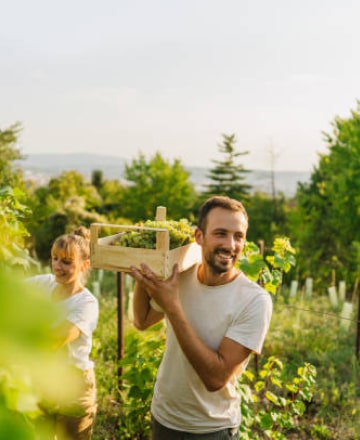
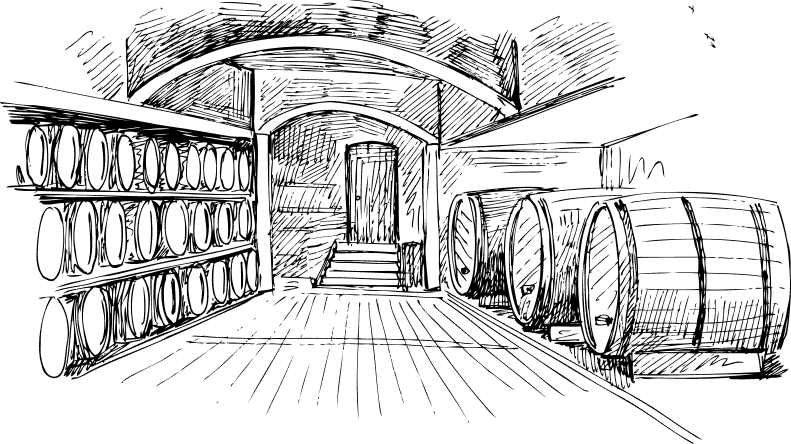

2016 - A Land Idea & Mechanical Construction
Between 2016 and 2018, we set out to tackle one of the largest sources of natural disaster-related building damage: hailstorms, which account for more than a third of these incidents. Collaborating with SRF Meteo and the Swiss Association of Cantonal Building Insurers, we developed “Hail Protection Made Simple and Automatic.” This innovative system links building management to real-time hail forecasts, allowing sensitive building elements—such as exterior shutters—to automatically retract in advance of a storm.
Our hail prediction technology integrates various data points, including radar, lightning activity, wind patterns, and multiple forecasting models. With a highly detailed alert grid of one square kilometer, the system generates fresh, five-minute forecasts covering Switzerland and neighboring regions, producing an astounding 714,396,672 calculations per day. Over time, we achieved an impressive accuracy rate of over 90%.
This success led us to consider new applications for our weather automation experience. We identified wine and fruit cultivation—industries particularly vulnerable to climate change—as the next natural step. Working with Wagner, a leading manufacturer of protective netting technology, we recognized that a fully automated protection system could offer substantial benefits to high-end vineyards and orchards. After all, premium vineyards represent the pinnacle of winemaking, celebrated for their quality and exclusivity. To preserve these attributes, protection from unpredictable weather is essential, as vineyard quality truly begins in the field.
Mechanical Construction and Software Development Begins
With a strong concept in place, we quickly moved into action, initiating both mechanical construction and software development. Our teams worked hand-in-hand to design a robust automated system, integrating advanced motor controls, flexible materials, and intelligent software that would lay the groundwork for responsive, weather-adaptive crop protection.
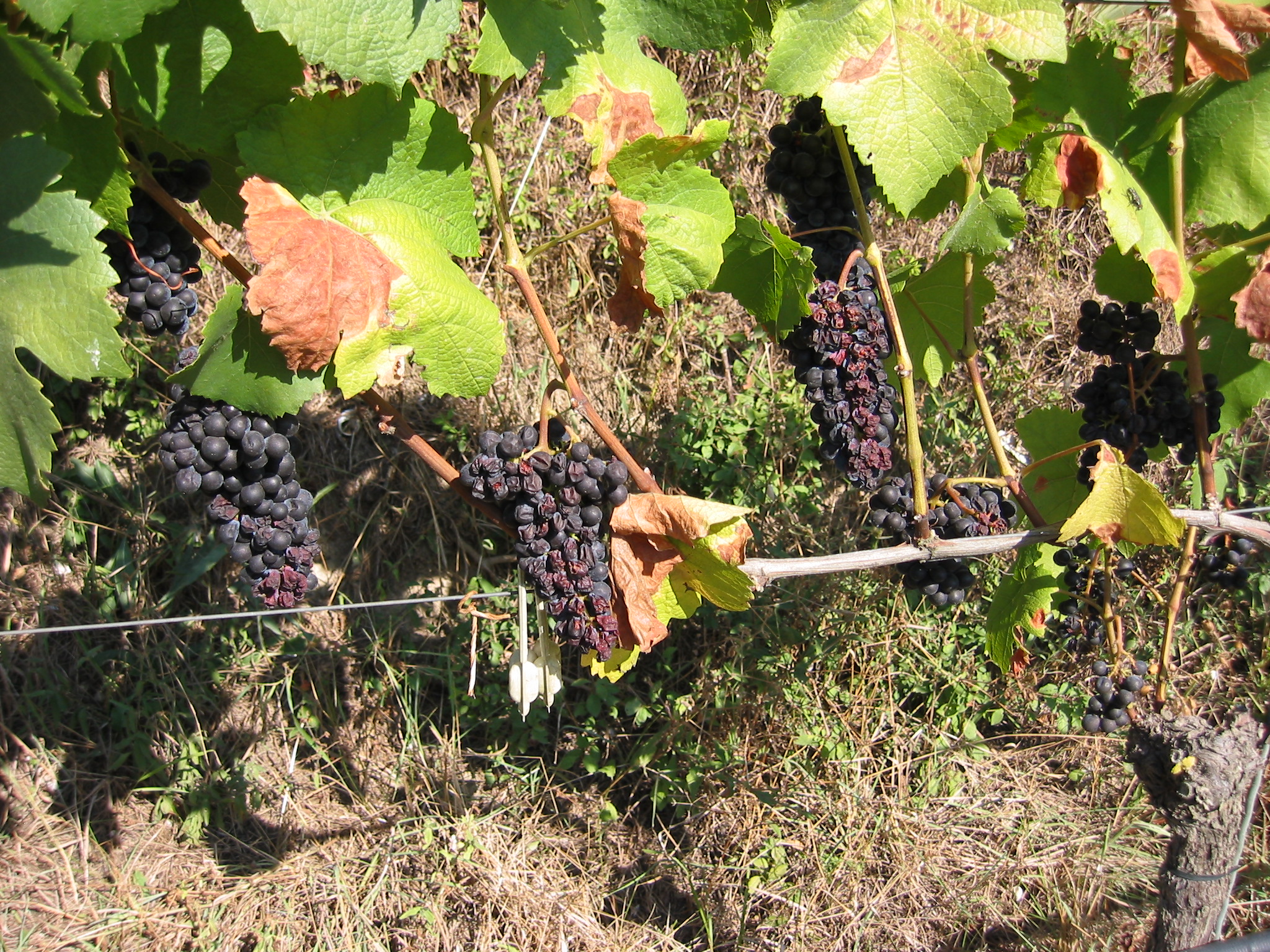
2019 - A Land Idea & Mechanical Construction
In 2019, we connected with the Company Wagner in Germany, a company specializing in Whailex, the market-leading netting system for hail, pest, shade, and rain protection.
The patented Whailex tubes, with their distinctive hexagonal profile, are the result of over six years of rigorous research and development. Impressively, the oldest Whailex installation has been operating flawlessly for 19 years, and extensive testing has shown that the high-quality plastic blend used in Whailex rods could potentially last “a lifetime.” With a minimum expected lifespan of 25 years, these components are as durable as the premium black hail nets they support.
Vertical hail protection nets in vineyards benefit from significantly longer lifespans than horizontal systems, as they are subject to minimal tension and stress. This extended durability is partly due to the light weight of the Whailex poles. Unlike metal alternatives, the low weight of the Whailex rods places less strain on the entire structure and offers ease of use, making the manual raising and lowering of nets smoother and more manageable.
Most importantly, the lightweight design reduces the risk of hail net damage to grapes. During a hailstorm, the nets rest lightly over the vines, ensuring that any unavoidable damage to grapes on the outer layers is minimized. This advantage was demonstrated during the major hail event of 2019 in the Gries/Bolzano region, where Whailex-protected vineyards saw significantly reduced crop damage, reinforcing the value of Whailex in vineyard protection systems.
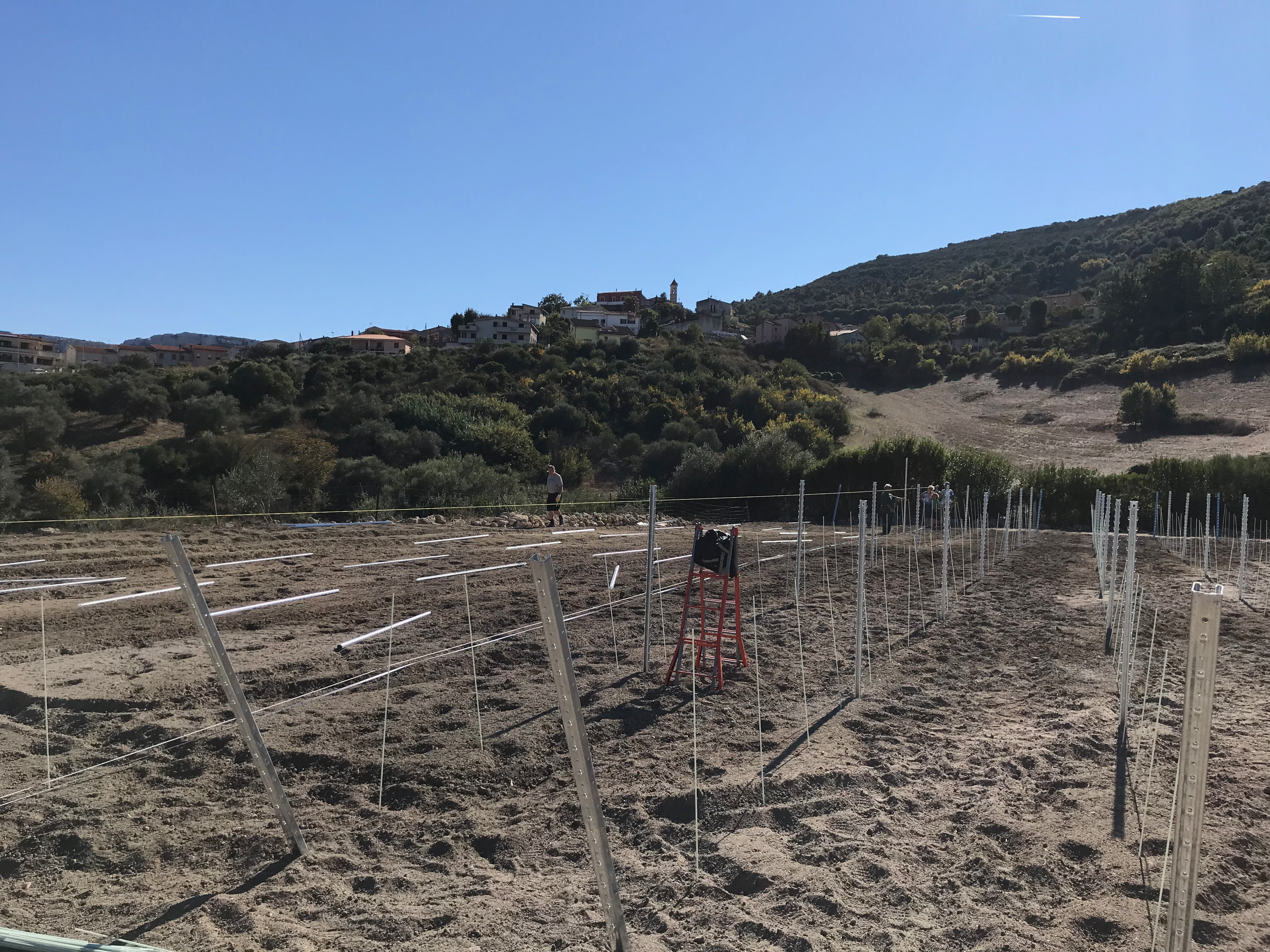
2020 - Prototyping and Testing, Testing
One major hurdle was creating an automated system capable of uniformly deploying and retracting protective nets across 100 meters while accommodating farm machinery, like leaf trimmers and harvesters. Additionally, the system needed to be retrofittable, autonomous, and capable of withstanding harsh winter months without damage. These requirements led us into a new phase of development, where we created and refined various mechanical designs. Motors and gear units had to be carefully adjusted to avoid over-sizing the system. Multiple prototypes were developed, with intensive testing on pilot installations to ensure the effectiveness of our net deployment mechanics. We also started to build our own Test Field in Muros, Sardinia to be able to test our constructions and material in extreme Weather Conditions.
Integrating Production Processes
On November 20, 2022, we began incorporating production processes into the development phase. This step was crucial to streamline manufacturing, improve scalability, and ensure consistency across each component of the system. By embedding these processes early on, we aimed to enhance quality control, optimize resources, and prepare for efficient large-scale production of the motor control units—paving the way for a seamless transition from development to implementation in the field.
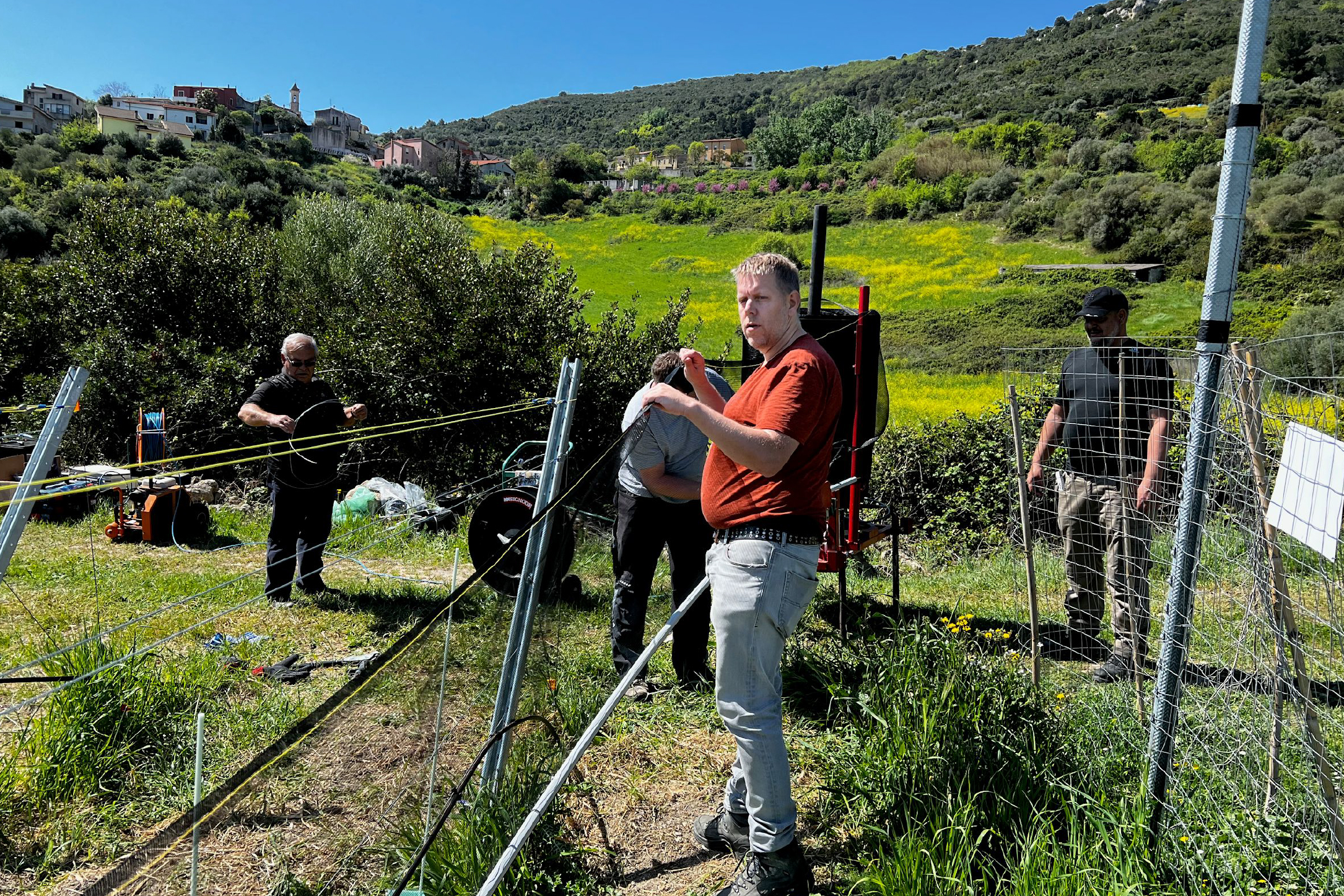
2022 - Small-Scale Pre Production, Development of Electronics and Software
In 2022, we moved from concept to pre production, beginning small-series manufacturing and launching the electronics and software development needed to bring our vision of automated, climate-responsive protection to life.
To refine our ideas for a retrofit-friendly tube guide sleeve, we used 3D printing for multiple prototype series, ultimately selecting the design for injection mold production. Given the high costs of tool manufacturing, it was crucial to create a highly adaptable tool, capable of withstanding rigorous testing across various climate zones.
We also developed our first custom motor control software and prototype circuit boards. These circuit boards integrate a single-board computer and external motor controllers, all designed to work seamlessly with our weather-responsive systems. Additionally, we made significant strides in waterproofing the motors and gear units to ensure they withstand challenging outdoor environments.
Our advancements built on the principles of protecting structures and crops from severe weather. More about these innovations can be found on our Hail Protection Made Simple and Automatic platform.
For the first time, we showcased our solution at industry trade shows, receiving valuable feedback and sparking interest. We also initiated the patent process to protect our innovative system. Countless hours were spent testing in technical laboratories and on pilot fields in Germany, Italy, and Sardinia to optimize performance and durability.
This phase marked an exciting step forward, as we brought our automated protection system closer to full-scale deployment, building the foundation for a future where precision agriculture and climate resilience go hand in hand.
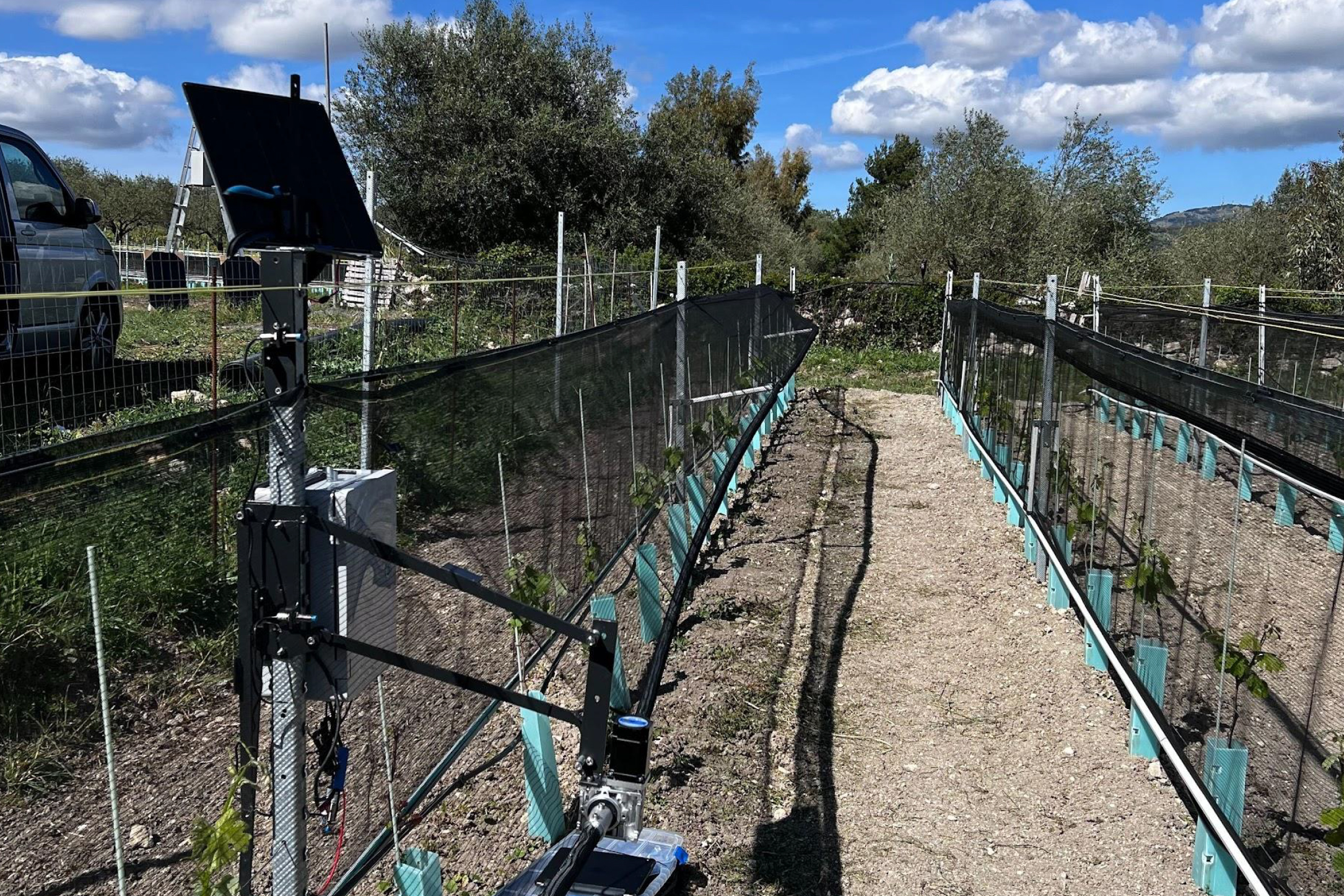
2023 - Industrial Production, Patents, Intensive Field Testing, and the Year of Trade Shows
In 2023, we transitioned to full-scale industrial manufacturing for our mechanical and electronic components. With a strong commitment to European production, we partnered with specialists in plastics, electronics, and precision mechanics. These collaborations allowed us to incorporate automated processes directly into production, seamlessly integrating lessons from our prototypes into scalable manufacturing.
This year saw major milestones: the launch of our first industrially produced PCB, fully automated production of our mechanical parts, and the development of a dedicated tool for our tube guide sleeve. The first sleeves were manufactured using industrial screen printing, marking a significant step in efficiency and quality.
Our approach aligns with broader efforts to mitigate risks posed by natural disasters, including those highlighted in our collaboration with the Swiss Association of Cantonal Building Insurers. Learn more about these efforts here.
The new components underwent intensive field testing in Sardinia and Germany, with insights flowing back into production to continually refine our processes. Proudly, we showcased our advancements at trade shows in Germany and Italy, sharing our vision and innovation with potential clients and gathering valuable market feedback. At the same time, we moved forward with patenting our protection system, securing the foundation for our future growth.
2023 was a defining year—one that brought us closer to our goal of providing a resilient, automated protection system that meets the needs of a changing climate.
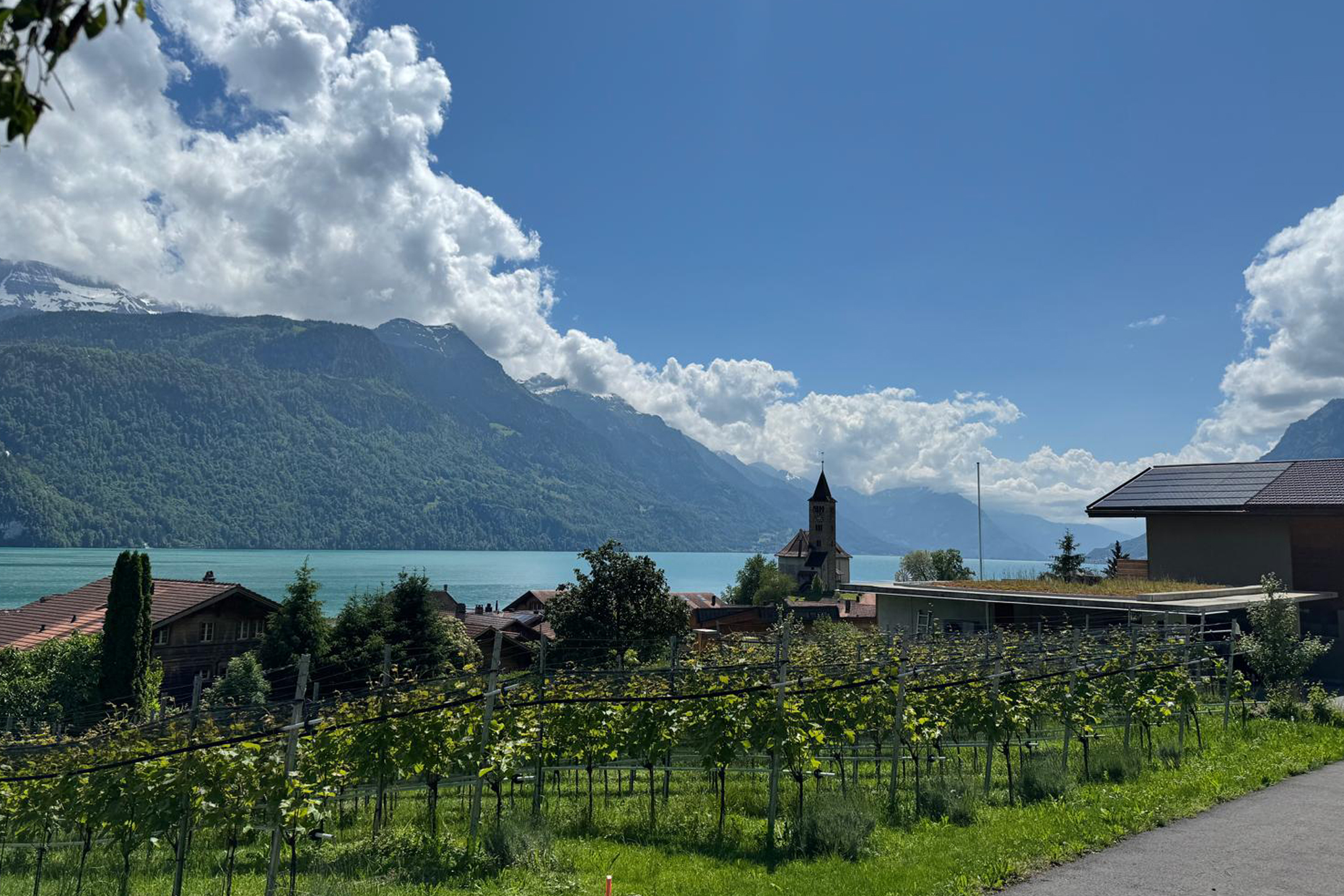
2024 - Technology Advancements and Partner & Pilot Installations
Following an intensive 2023 of rigorous field testing and system refinements, we implemented significant upgrades to optimize efficiency and adaptability. We transitioned our entire system from 24V to 12V, making it more compatible with alternative power sources and achieving greater energy efficiency. Additionally, we integrated LoRa communication technology, allowing us to communicate across greater distances with motor control units—an essential enhancement for large-scale agricultural deployments.
Another key innovation was shifting to a microprocessor-based design, which dramatically reduced the standby power consumption of our motor and gear system from 2 watts to just 0.18 watts. As our system operates independently on battery and solar power, this power savings is especially crucial in winter months when sunlight is limited.
This year, we also welcomed our first pilot customer: the renowned Paolo Scavino winery in Italy’s prestigious Barolo region. This installation enables us to conduct further field tests on protecting grapes from sunburn, refining our system in real-world conditions.
In addition, we installed a demonstration unit at our partner Ranzi KG in South Tyrol, and we expanded our reach by presenting at trade shows in France and Italy.
2024 marks another milestone as we continue to build partnerships and gather insights that drive our mission forward: offering cutting-edge, energy-efficient protection systems tailored to the unique demands of sustainable agriculture.
